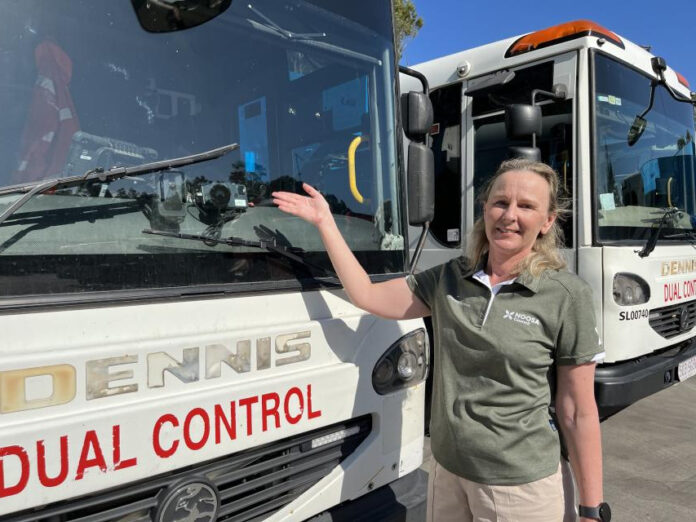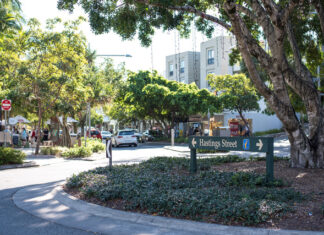Potholes and broken pathways are reportedly responsible for 20 to 40 percent of resident calls to local councils. That represents a lot of annoyed residents, and many hours of council worker time spent dealing with a very common problem, not to mention a public safety concern. It also represents an opportunity for very big cost saving if the problems can be found and fixed more quickly.
Noosa Council has partnered with Queensland-based innovator TechnologyOne to bring to bear Artificial Intelligence (AI) and Machine Learning (ML) to address the problem on roads and paths across Noosa.
Working with two Australian tech companies, Noosa Council installed a camera on a waste truck to identify and automatically kick off the process of getting damaged pavements fixed as the garbage trucks drive around their regular rubbish collection routes. The system scans all pathways and roads across the 871 square kilometres council area in just two weeks.
The solution’s innovative AI and ML software picks up defects, triages them so the most urgent are addressed first, and connects directly with the TechnologyOne Enterprise Asset Management system.
From here, asset repair work orders are automatically created, including location data, work instructions, maps and photographs, enabling problems to be identified and fixed quickly. Work crews are dispatched to the precise location of the problems, and armed with images to help them find what they are looking for.
During the program’s first two months of operation, a record 4,356 defects have been identified and rectified.
Noosa Council Asset Systems coordinator Devon Wilson said: “This technology has removed the need for manual data entry and processing.”
“The goal is to correct defects before we get a customer request to help reduce those requests, so our crews can focus on preventative, rather than reactive maintenance,” Ms Wilson said.
Previously, identifying, recording and flagging defects including potholes, faded line markings and overhanging branches was either via Customer Requests or time-consuming defect collection.
“As a result of the 2022 floods we‘ve seen road defects increase significantly. Last year we received over 1,100 requests from the community alone relating to road defects and trees. Manually inputting the information into our system was a lengthy process,” she said.
“Every defect results in at least one person going out to physically view and assess the area. After that, the worker would have to manually input their findings into our system to help council establish the best suited service needed to fix the issue, a process that could take as long as a week from start to finish.”
Ms Wilson said since introducing the camera, AI-driven detection solution and intelligent asset management we have easily identified and begun rectifying a huge number of issues that will benefit the Noosa community.
“This software allows us to concentrate our efforts on fixing roads and pathways and spend less time on reporting them.” she said.
The council plans to install another two cameras on a waste truck and e-scooters in the months to come.
TechnologyOne’s CEO, Ed Chung said: “For the last 37 years we have embraced and integrated innovative technologies into our solutions to ensure we are providing future-focused support for our customers. We are thrilled to be working to deliver safer and more accessible quality roads to Noosa Shire Council’s residents and visitors.”
Leveraging 37 years of expertise in the market, more than 73 per cent of Australian and New Zealand residents live in a council powered by TechnologyOne software.







